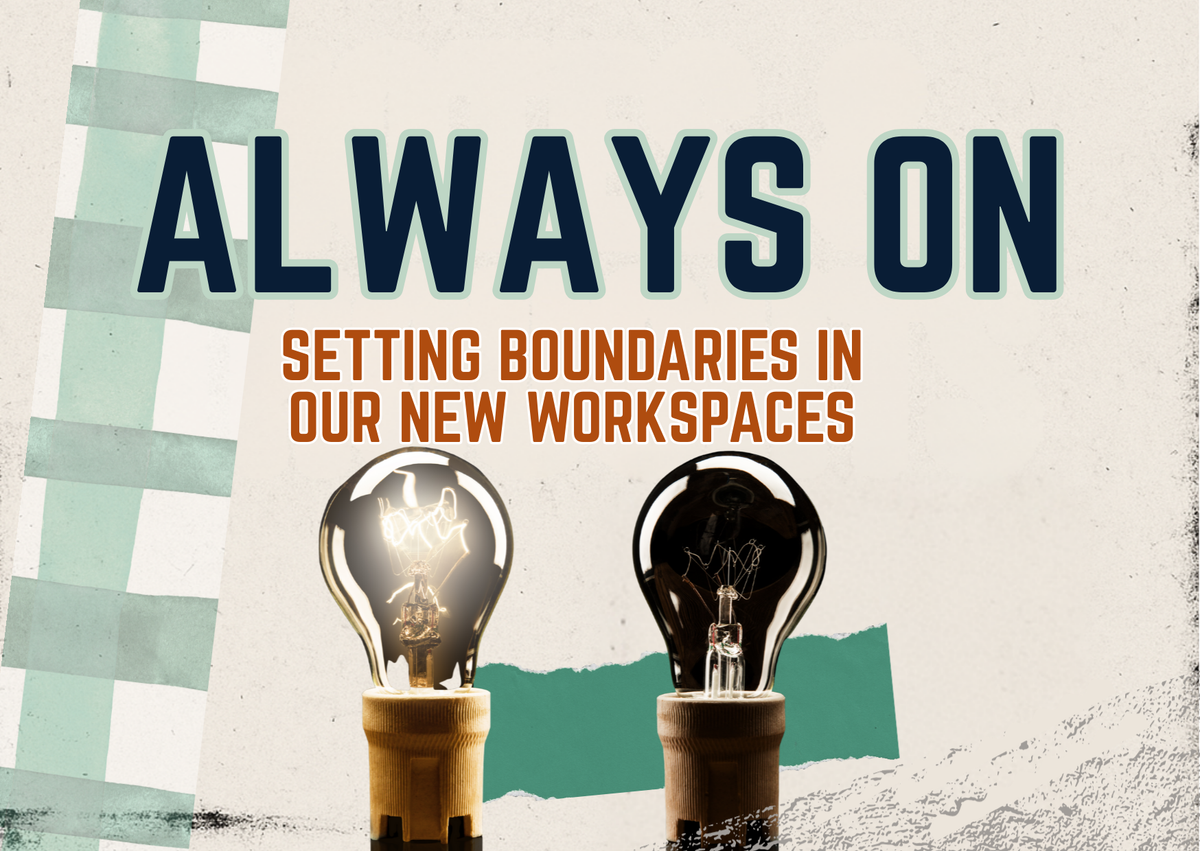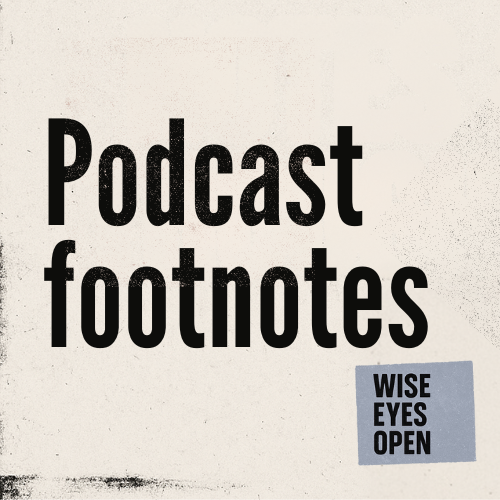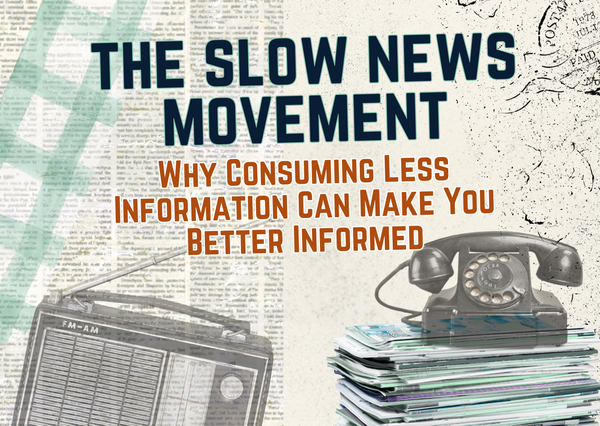Always on - Our Digital Leash
Remote Work's Freedom Became Our New Invisible Chain

Remote work promised liberation from the 9-to-5 grind. Instead, it's created something far more insidious: a workforce that never truly clocks out. The same flexibility that was supposed to free us from office life has tethered us to our devices like never before, creating what researchers now call digital bondage - a state of perpetual availability that's crushing both productivity and well-being.
When Work Never Ends
The numbers tell a sobering story. Nearly half of remote workers worry about blurred boundaries between job and personal life, according to The Conference Board. During the pandemic's peak, 58% of employees said work bled further into their personal time. The result? Remote workers now put in an extra 2.5 hours per day on average, stretching a 40-hour week to over 52 hours - usually without extra pay.
Digital communication habits reveal the extent of the problem. A staggering 81% of remote workers check work emails outside official hours, including 63% on weekends and 34% during holidays. Before the digital era, office workers spent about 30% of their day at their desks. Now? That figure has jumped to roughly 90% of the workday spent on devices, reflecting an expectation to be perpetually "plugged in".
The psychological toll is severe. More than half of employees report feeling burned out, and 69% of remote workers say their burnout has increased specifically due to constant digital communication. Over 40% saw declines in mental health during the remote transition, with 34% worrying about the constant expectation to be "on" or available.
The Theatre of Fake Productivity
Perhaps most troubling is the rise of "productivity theatre" - performative busyness designed to signal dedication rather than achieve real results. Fearing they'll be seen as slackers, employees engage in elaborate displays of availability: midnight email responses, attendance at every optional meeting, even mouse-jiggling apps to keep their status "active".
Visier's survey of 1,000 workers found 43% spend over 10 hours per week on such theatrical tasks - roughly 1.25 workdays wasted on appearances. Nearly 64% believed these performative behaviours were crucial for professional success, whilst 41% said they do it to appear more valuable to the business. Common behaviours include immediately replying to emails at all hours (42% of workers) and attending nonessential meetings (36%).
This creates a vicious cycle. Managers unconsciously reward constant availability over actual results, leading employees to prioritise optics over outcomes. The result is everyone working more but accomplishing less of true value.
Digital Fatigue: The New Workplace Hazard
The physical and cognitive toll of "always-on" work extends far beyond ordinary tiredness. Digital fatigue - a complex syndrome of eye strain, mental exhaustion, and cognitive overload - is emerging as a serious health concern. Symptoms include blurry vision, headaches, difficulty focusing, and neck pain.
University research found that extended screen time affects vision, emotional stability, motivation, and social connection. Women and heavy screen users experience significantly more visual, motivational, and emotional fatigue. The average remote employee now juggles a dozen collaboration tools daily, leading to constant context-switching. Microsoft data shows meetings have doubled, chat messages spiked 45%, and workers respond to instant messages within five minutes at all hours.
This frantic digital pace leaves little time for mental recharge. Even after "logging off", many struggle to disconnect. In one global poll, 54% of employees felt overworked and 39% felt exhausted in the remote-work era. Continuous screen exposure has essentially put our nervous systems in prolonged fight-or-flight mode.
The Generation Gap
Surprisingly, the youngest workers struggle most with remote work. Nearly 65% of Gen Z employees prefer hybrid schedules - higher than any other generation. Only 29% want fully remote work, contradicting assumptions about digital natives. Young workers value in-person interaction for mentorship, socialising, and professional development. Without it, many feel isolated.
Older generations often embrace remote work as an escape from office politics and commutes. A full 90% of Baby Boomers reported positive remote work experiences, with 40% preferring to work remotely - a higher share than Millennials or Gen X. However, remote loneliness hits older workers hardest, with employees over 45 nearly twice as likely to feel isolated as those in their 20s.
Microsoft research found 60% of Gen Z employees were "merely surviving" or struggling in remote environments. They reported more difficulties with motivation, work-life balance, and engagement compared to older colleagues. Gallup found Gen Z to be the loneliest generation at work - nearly twice as likely as Gen X or Boomers to feel frequent loneliness.
Fighting Back: Surveillance vs. Rights
As awareness grows, responses have split down two very different paths. Many companies have doubled down on surveillance, with the number of businesses using employee monitoring more than doubling since COVID. By 2022, 80% of workplaces were using surveillance tech - keystroke loggers, screenshot trackers, webcam monitoring, and active time software.
But surveillance creates more problems than it solves. It breeds distrust, anxiety, and even more productivity theatre as workers focus on "looking busy" for the metrics. Research shows increasing surveillance has no positive effect on performance whilst hurting workplace culture and driving good employees away.
Meanwhile, at least 17 countries have enacted "right to disconnect" laws protecting workers' off-hours time. France led the way in 2017, with companies facing penalties for requiring after-hours availability. Portugal made it illegal for bosses to text or email staff after work hours, whilst Australia passed a law allowing federal employees to ignore after-5pm emails.
In the US, California considered Assembly Bill 2751, which would require employers to have written policies giving employees the right to disconnect from electronic communications during nonworking hours. Though it faced business opposition and hasn't become law, the legislative trend is clear: governments recognise that constant availability requires legal checks and balances.
The Paradox at the Heart of Remote Work
Here's the contradiction keeping executives awake at night: remote workers are simultaneously the most engaged and the most burned out. Gallup data shows fully remote workers are the most engaged group (31% engaged versus 19% for on-site), yet they report lower rates of thriving and higher negative emotions. They're more likely to experience daily stress, anger, sadness, and loneliness than office workers.
This paradox captures the central challenge: greater flexibility boosts certain metrics like engagement and self-rated productivity, but extracts hidden costs on mental health and sustainability. Workers love the autonomy but struggle when that autonomy comes without boundaries.
Finding the Sweet Spot
The solution isn't abandoning remote work - it's fixing how we do it. Stanford's landmark study at Trip.com showed that hybrid schedules (two days home, three in office) yielded the best results: equal productivity and promotion rates compared to full office work, but with a 33% lower quit rate due to improved work-life fit.
Organisations need to set clear boundaries and model healthy behaviour. Leaders must define expectations for after-hours communication and actually disconnect themselves - if the boss never takes a real holiday, neither will anyone else. Performance should be measured by output, not online presence, with managers trained to evaluate work based on results rather than response times.
Digital wellness training should be as standard as ergonomics instruction. This includes configuring "do not disturb" modes, reducing notifications, taking screen breaks, and creating personal routines to separate work and home life.
Most importantly, solving always-on culture requires explicit cultural change. Much of the constant availability stems from implicit expectations - people do it because they assume they must. Making it clear that midnight replies aren't expected can be liberating.
The future of work doesn't have to be a choice between flexibility and sanity. With smart policies, cultural shifts, and maybe a nudge from legislation, we can harness the productivity gains of remote work whilst protecting employee well-being. The key is treating these not as opposing goals, but as two sides of a sustainable work strategy.
We've gained freedom from the old office cage but inadvertently built digital cages that never open. The challenge ahead is dismantling those invisible restraints so remote work's promise - true flexibility, autonomy, and balance - can finally be realised.




